Home>Articles>Everything You Should Know About Adding A Second Story To A House


Articles
Everything You Should Know About Adding A Second Story To A House
Modified: October 20, 2024
Discover everything you need to know about adding a second story to your house with our comprehensive articles. Get expert advice and tips for a successful home renovation project.
(Many of the links in this article redirect to a specific reviewed product. Your purchase of these products through affiliate links helps to generate commission for Storables.com, at no extra cost. Learn more)
Introduction
Adding a second story to your house can completely transform your living space, providing you with more room and increasing the value of your property. Whether you need extra bedrooms for a growing family, a spacious home office, or a guest suite, expanding upwards can be a cost-effective solution. However, tackling such a project requires careful planning, structural considerations, and expert guidance.
In this article, we will explore everything you should know about adding a second story to your house. We will discuss the benefits, structural considerations, design and planning, the construction process, factors affecting cost, potential challenges, and the benefits of hiring professionals. By the end, you will be well-informed and ready to take the next steps in creating your dream home.
Key Takeaways:
- Adding a second story to your house offers increased living space, cost-effectiveness, and the preservation of outdoor areas, making it a transformative and valuable renovation option for homeowners.
- Hiring experienced professionals for a second-story addition ensures expertise, adherence to building codes, and a streamlined construction process, ultimately leading to a successful and stress-free renovation journey.
Benefits of Adding a Second Story
When it comes to expanding your living space, adding a second story to your house offers numerous advantages. Let’s explore some key benefits:
- Increased living space: One of the primary reasons homeowners consider adding a second story is to increase the square footage of their house. This additional space can be utilized in several ways, such as adding extra bedrooms, creating a home office, or building a recreational area. It allows you to accommodate the changing needs of your family without the hassle of moving to a larger home.
- Cost-effectiveness: Compared to other alternatives, such as buying a new house or constructing an addition on the ground floor, adding a second story is often a more cost-effective option. By utilizing the existing foundation, walls, and roof structure, you can save on materials and labor costs. Additionally, since you are not expanding the footprint of the house, you can avoid the expenses associated with acquiring more land.
- Preserving outdoor space: If you have limited space on your property, adding a second story allows you to make the most of your land while still gaining the desired living space. By building upwards instead of outwards, you can preserve your outdoor area for activities like gardening, outdoor dining, or creating a play area for children. This is especially beneficial if you have a small backyard or if you value maintaining a spacious outdoor environment.
By considering these benefits, you can realize the potential of adding a second story to your house in terms of space, cost-effectiveness, and optimizing the use of your property.
Structural Considerations
Adding a second story to your house requires careful evaluation of the existing structure and making necessary adjustments to ensure its stability and safety. Here are some essential structural considerations:
- Evaluating the existing foundation: The foundation of your house plays a critical role in supporting the weight of the structure. Before adding a second story, it is crucial to assess the condition of the current foundation. A professional inspection can determine if the foundation is structurally sound and capable of supporting the additional weight.
- Reinforcing the foundation if necessary: In some cases, the existing foundation may require reinforcement to accommodate the increased load from the second story. This can involve installing additional support beams, underpinning, or strengthening the foundations through techniques like carbon fiber reinforcement.
- Assessing the load-bearing capacity of walls: Adding a second story means there will be increased vertical loads on the walls below. It’s essential to evaluate the load-bearing capacity of the existing walls and determine if any modifications or reinforcements are needed. This assessment may involve consulting with a structural engineer to ensure the walls can support the additional weight.
- Upgrading the staircase: With the addition of a second story, you’ll need a safe and convenient way to access the new space. This typically involves upgrading or adding a staircase. The design and placement of the staircase need to comply with local building codes and regulations. Ensure that the staircase design fits well with the overall aesthetics of your home and provides easy and comfortable access.
By carefully considering these structural aspects, you can lay the foundation for a successful second-story addition. It is important to consult with professionals like structural engineers and architects to ensure that the structural changes are implemented effectively and safely.
Design and Planning
Design and planning are crucial steps when adding a second story to your house. They involve making key decisions, obtaining necessary approvals, and setting a budget. Let’s explore these aspects in more detail:
- Hiring an architect or designer: Collaborating with an experienced architect or designer is essential to bring your vision to life. They can help you assess the structural feasibility of your plans, provide design options, and create a comprehensive set of drawings. Additionally, architects and designers can recommend materials, suggest space-saving strategies, and ensure that the new space seamlessly integrates with the existing house.
- Determining the new layout: Deciding on the layout of the second story is a critical step in the planning process. Consider your specific needs and preferences, paying attention to factors like room sizes, storage space, and the flow between rooms. Collaborate with your architect or designer to create a functional and aesthetically pleasing layout that optimizes the use of the new space.
- Obtaining necessary permits and approvals: Adding a second story to your house typically requires obtaining permits and approvals from local authorities. These permits ensure that your project complies with building codes, zoning regulations, and safety standards. Working with your architect or contractor, gather all the necessary documentation and submit the permit application. Be prepared for the approval process, which may involve reviews, inspections, and adherence to specific guidelines.
- Setting a budget: Clearly defining your budget is essential to manage the costs of your second-story addition. Consider factors like materials, labor, permits, and unforeseen expenses. Consult with your architect, contractor, and other professionals to receive accurate estimates. Remember to leave room for contingencies and unexpected costs that may arise during the construction process.
By engaging in thoughtful design and planning, you can ensure that your second-story addition meets your needs, adheres to regulations, and stays within your budget. Collaborating with professionals throughout this process will help you make informed decisions and create a successful outcome.
Construction Process
The construction process of adding a second story to your house involves several stages and requires the expertise of professionals. Let’s walk through the typical steps involved:
- Choosing a reputable contractor: Selecting a reliable and experienced contractor is crucial to the success of your project. Seek recommendations, review portfolios, and conduct interviews to find a contractor who has expertise in second-story additions. Make sure they are licensed, insured, and have a good reputation within the industry.
- Preparing the site and protecting the existing structure: Before construction begins, the site needs to be prepared. This involves securing all necessary permits, setting up temporary fencing, and ensuring proper safety measures are in place. The existing structure will also need to be protected to prevent damage during the building process.
- Foundation and structural work: If needed, the contractor will make any necessary changes to the existing foundation or construct a new foundation for the second story. This involves excavation, pouring concrete, and installing footings or pilings to provide a stable base for the additional floor.
- Framing the new story: Once the foundation is complete, the contractor will begin framing the new story. This includes erecting walls, installing floor joists and beams, and constructing the roof framework. The framing process shapes the new space and prepares it for the installation of plumbing, electrical systems, and insulation.
- Installing plumbing and electrical systems: The next step involves running new plumbing and electrical lines to service the second story. This includes installing fixtures, outlets, switches, and connecting to the existing systems in the lower level. It’s important to hire licensed professionals to ensure compliance with building codes and to ensure the safe functioning of these systems.
- Insulation and drywall installation: Proper insulation is essential for maintaining energy efficiency and comfort in your second story. Insulation will be installed in the walls, floors, and ceilings, followed by the installation of drywall. This creates a finished surface for painting and other finishing touches.
- Flooring, finishes, and fixtures: Once the drywall is in place, it’s time to install the flooring material of your choice. This can include hardwood, laminate, carpet, or tile. The finishes and fixtures such as trim, molding, doors, and windows will also be installed during this stage.
- Painting and final touches: Finally, the walls will be painted or wallpapered to create the desired aesthetic in your new space. The installation of lighting fixtures, switches, outlets, and any additional finishing touches will bring the project to completion.
Throughout the construction process, it’s important to communicate with your contractor, address any concerns, and ensure that the construction is progressing according to plan. Regular inspections and quality checks should be conducted to maintain standards and ensure that the final result meets your expectations.
Before adding a second story to your house, consult with a structural engineer to ensure the existing foundation can support the additional weight.
Read more: Everything You Need To Know About Ladders
Factors Affecting Cost
Adding a second story to your house is a significant investment, and the cost can vary based on several factors. Understanding these factors will help you plan your budget effectively. Here are some key factors that can affect the cost of your second-story addition:
- Size and complexity of the project: The size of the second-story addition directly impacts the cost. Larger additions require more materials and labor, resulting in higher costs. Additionally, the complexity of the design and architectural features, such as vaulted ceilings or unique window placements, can also increase the overall cost.
- Quality of materials used: The quality of materials you choose can significantly influence the cost. Opting for premium materials, such as high-end flooring, fixtures, and finishes, will increase the overall cost. However, high-quality materials often offer greater durability, aesthetics, and long-term value for your investment.
- Labor and contractor fees: Labor and contractor fees are a significant part of the overall cost. Experienced contractors and skilled laborers may charge higher fees, but their expertise can contribute to a smoother construction process and superior end result. Be sure to request detailed cost estimates from multiple contractors to compare and choose the most suitable option for your project.
- Permit and inspection fees: Obtaining permits and inspections from the local authorities is a necessary step in the construction process. These fees can vary depending on your location and the size of the project. Factor in these costs when planning your budget, as they can add to the overall expenses.
- Additional features and upgrades: Extra features like custom cabinetry, built-in shelving, specialized lighting, or smart home technology can enhance the functionality and aesthetics of your second-story addition. However, incorporating these additional features will increase the cost of the project.
It’s essential to carefully consider these cost factors and prioritize your needs and budget during the planning stage. Consulting with professionals, such as architects or contractors, can provide more accurate estimates and help you make informed decisions to stay within your budget while achieving your desired outcome.
Potential Challenges and Considerations
Adding a second story to your house can bring about exciting changes, but it’s essential to be aware of potential challenges and considerations that may arise during the construction process. Here are some key factors to keep in mind:
- Disruption to daily life during construction: Construction can be disruptive, noisy, and messy. It’s important to prepare for the inconvenience and temporary disruption to your daily routine. Establish clear communication with the contractor regarding working hours, access to your home, and any special considerations to minimize disruptions as much as possible.
- Temporary relocation arrangements: Depending on the extent of the construction, you might need to make temporary living arrangements during the process. This could involve staying with family or friends, renting a temporary residence, or staying in an on-site temporary lodging if available. Planning for this in advance will help alleviate stress during the construction period.
- Dealing with neighbors and noise complaints: Large-scale construction projects can generate noise, increased traffic, and additional activity in the neighborhood. It is courteous to inform your neighbors in advance about the upcoming project and any potential disruptions. Taking steps to minimize noise and addressing any concerns raised by neighbors can help maintain positive relationships throughout the construction process.
- Compatibility with the original architectural style: When adding a second story, it’s important to consider the compatibility of the new addition with the original architectural style of your house. A seamless integration can enhance the overall aesthetic appeal and maintain the architectural integrity of the property. Working with an architect or designer can help ensure a cohesive design that blends with the existing structure.
- Potential impact on property value: While adding a second story can increase the living space and functionality of your house, it is important to consider the potential impact on the overall property value. Factors such as the local real estate market, the quality of the construction, and the demand for larger homes in your area can influence the market value of your property. It is wise to consult with a real estate professional to assess the potential return on investment before undertaking the project.
By being prepared for these potential challenges and considerations, you can navigate the construction process more smoothly and ensure a successful second-story addition that aligns with your lifestyle and architectural vision.
Benefits of Hiring Professionals
When it comes to adding a second story to your house, hiring professionals is essential for a successful and stress-free construction process. Here are some key benefits of enlisting the services of experienced professionals:
- Experience and expertise: Professional contractors and architects have the knowledge and expertise to handle the complexities of a second-story addition. They bring a wealth of experience from previous projects and can provide valuable insights and solutions to overcome challenges that may arise during construction.
- Access to reliable subcontractors: Professionals often have a network of reliable subcontractors and tradespeople who specialize in various aspects of the construction process. This allows for more efficient scheduling and coordination of work, ensuring that each task is completed to the highest standard.
- Ensuring adherence to building codes and regulations: Building codes and regulations vary from region to region, and it can be challenging for homeowners to navigate these requirements on their own. Professionals have an in-depth understanding of these codes and regulations and can ensure that the second-story addition meets all necessary standards for safety, structural integrity, and compliance.
- Streamlining the construction process: Professionals are experienced in project management and can effectively coordinate different aspects of the construction process. They can help create a detailed timeline, oversee the ordering and delivery of materials, manage subcontractors, and ensure that work progresses smoothly and on schedule.
Hiring professionals not only provides peace of mind but also ensures that your second-story addition is completed with the highest level of craftsmanship and attention to detail. Their expertise and industry connections can help streamline the process, save time, and minimize potential issues that may arise during construction.
When selecting professionals for your project, be sure to research and choose reputable contractors and architects who have a successful track record and positive client testimonials. By investing in professionals, you are investing in the success and quality of your second-story addition.
Conclusion
Adding a second story to your house can be a transformative project, providing you with additional living space and adding value to your property. By understanding the key aspects involved in this process, you can embark on a successful renovation journey.
We discussed the various benefits of adding a second story, including increased living space, cost-effectiveness, and the preservation of outdoor areas. We explored the structural considerations involved, such as evaluating the existing foundation, reinforcing it if necessary, assessing load-bearing capacity, and upgrading the staircase.
Design and planning are crucial stages, and hiring professionals like architects and designers is critical for achieving your vision. Determining the new layout, obtaining necessary permits, and setting a realistic budget are all important considerations in this phase.
The construction process requires careful attention to detail, from choosing a reputable contractor to ensuring site preparation and protecting the existing structure. From foundation work to framing, installing plumbing and electrical systems, insulation and finishing touches, each step contributes to creating your dream second-story addition.
There are several factors that can influence the cost of your project, including the size and complexity, quality of materials, labor and contractor fees, permit and inspection fees, as well as additional features and upgrades. Understanding these factors will help you plan and budget accordingly.
Despite the potential challenges such as disruption to your daily life, temporary relocation arrangements, and dealing with neighbors during construction, proper planning and communication can help mitigate these issues. It is also important to ensure that the new addition is compatible with the original architectural style and consider the potential impact on property value.
Lastly, hiring professionals offers several benefits, including their experience, access to reliable subcontractors, ensuring adherence to building codes, and streamlining the construction process.
By considering all these factors and engaging with professionals, you can embark on your second-story addition project with confidence. It is a comprehensive process that requires careful planning, expert advice, and meticulous execution. The end result will be a transformed home that meets your needs, enhances your lifestyle, and adds value to your property.
Frequently Asked Questions about Everything You Should Know About Adding A Second Story To A House
Was this page helpful?
At Storables.com, we guarantee accurate and reliable information. Our content, validated by Expert Board Contributors, is crafted following stringent Editorial Policies. We're committed to providing you with well-researched, expert-backed insights for all your informational needs.


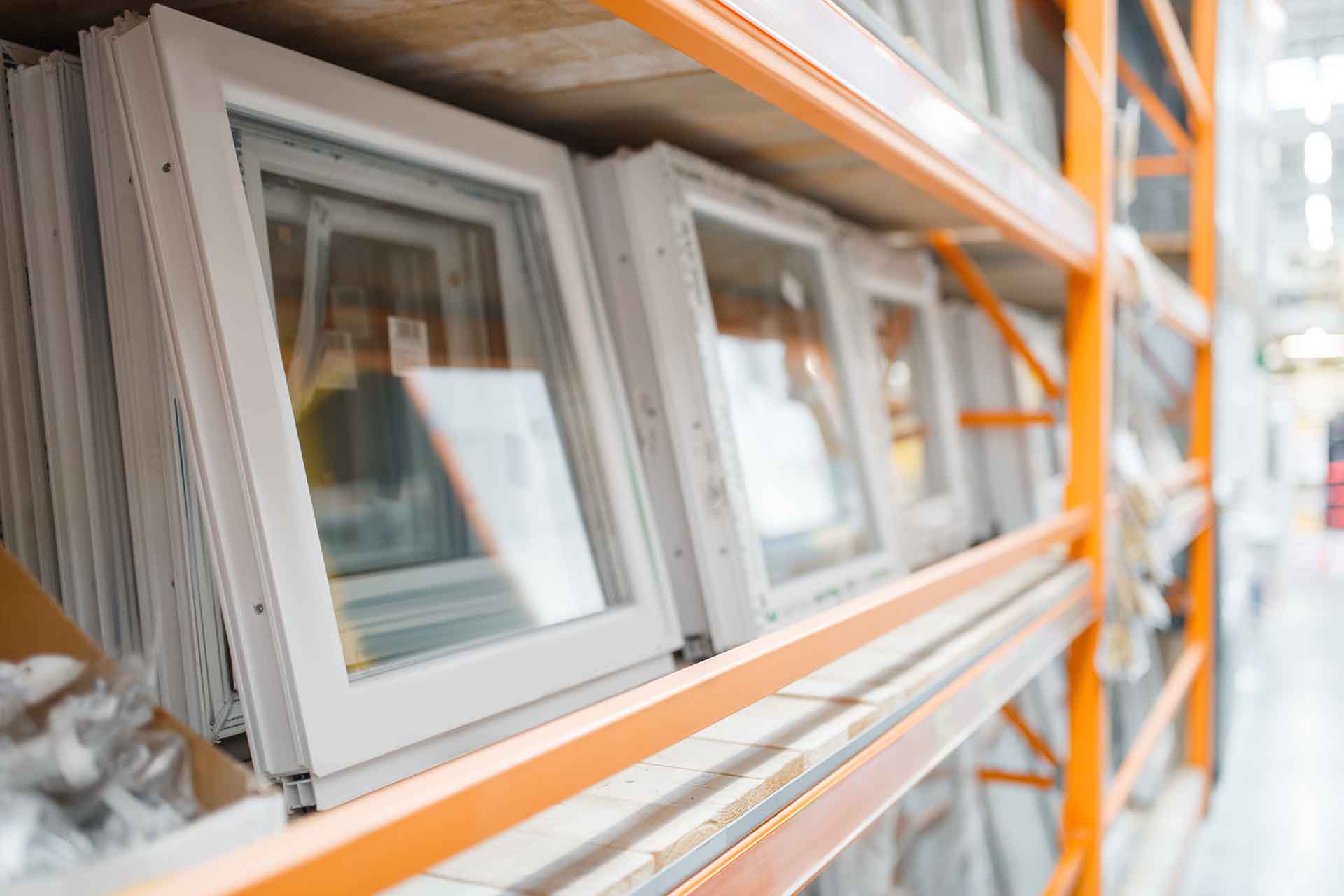
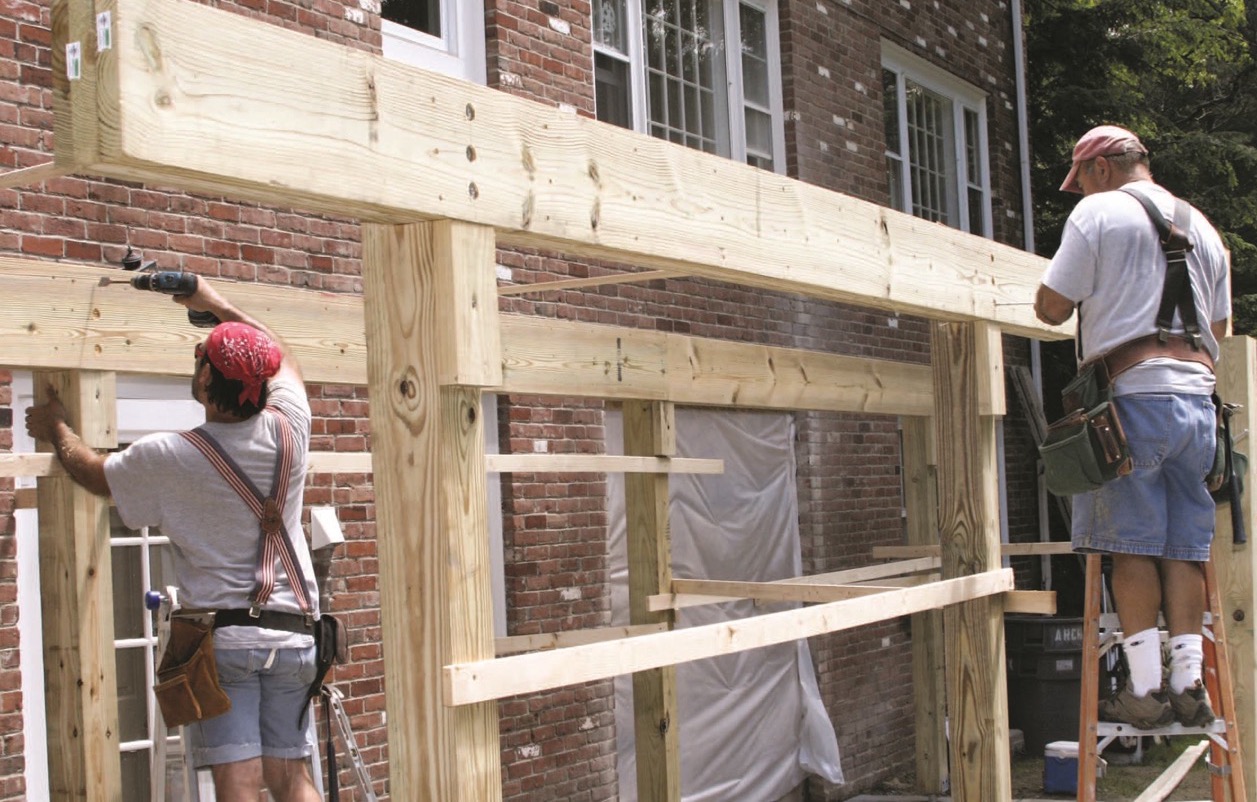
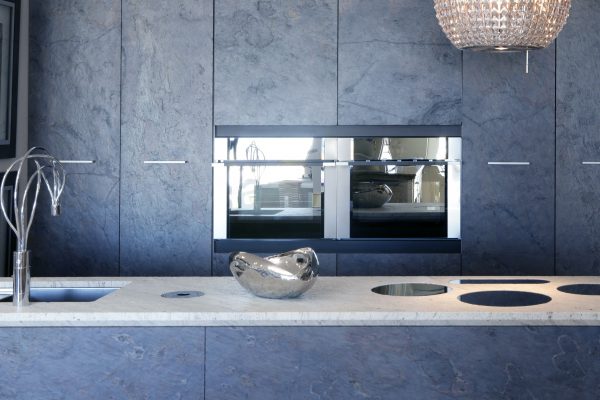

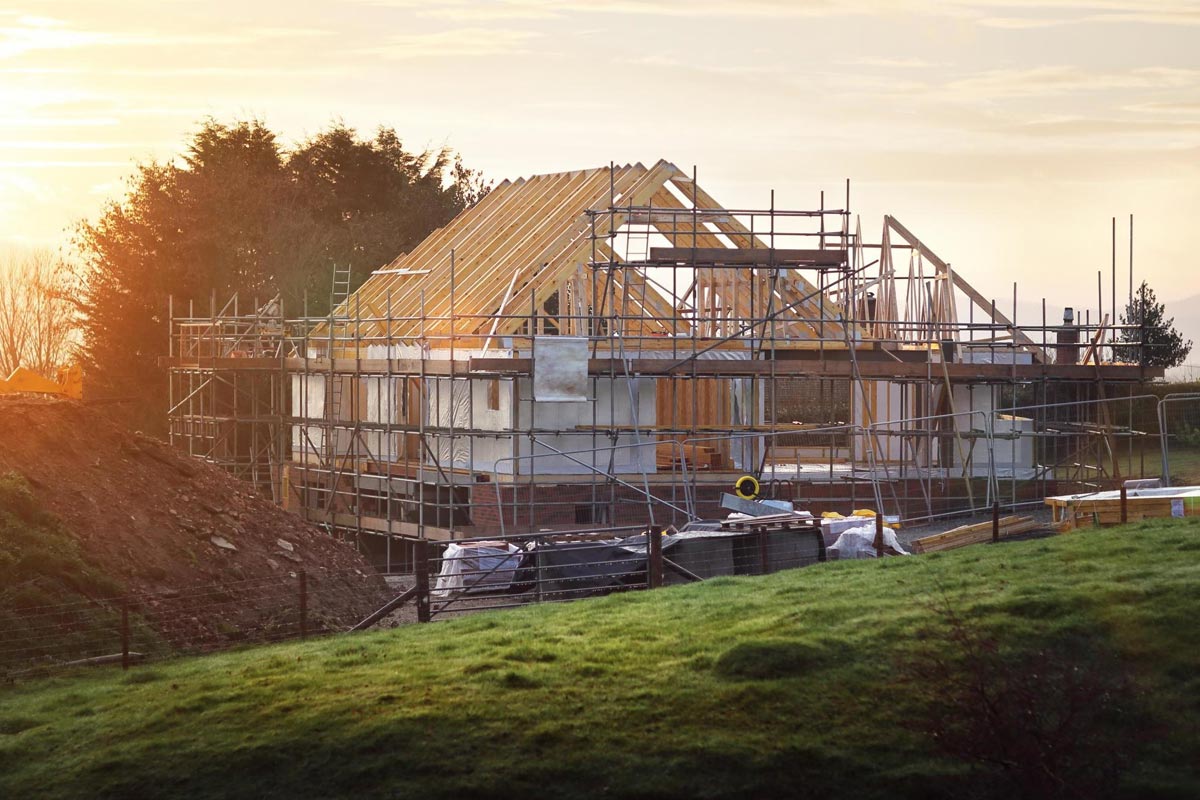
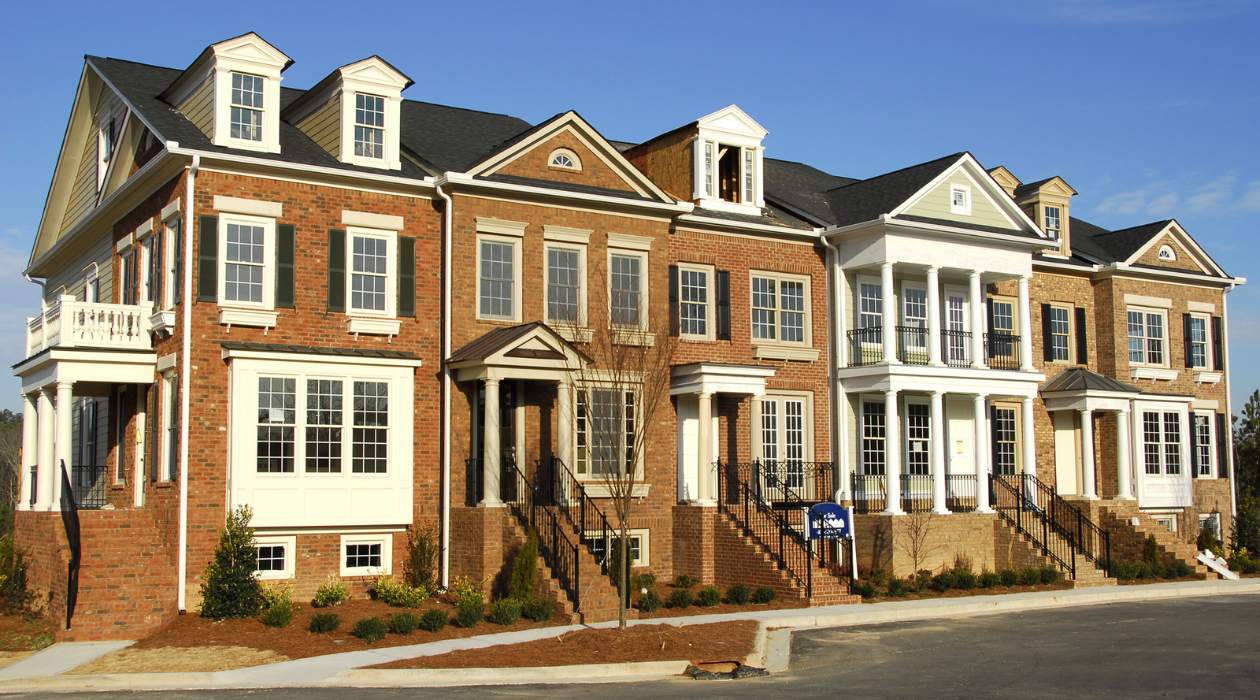





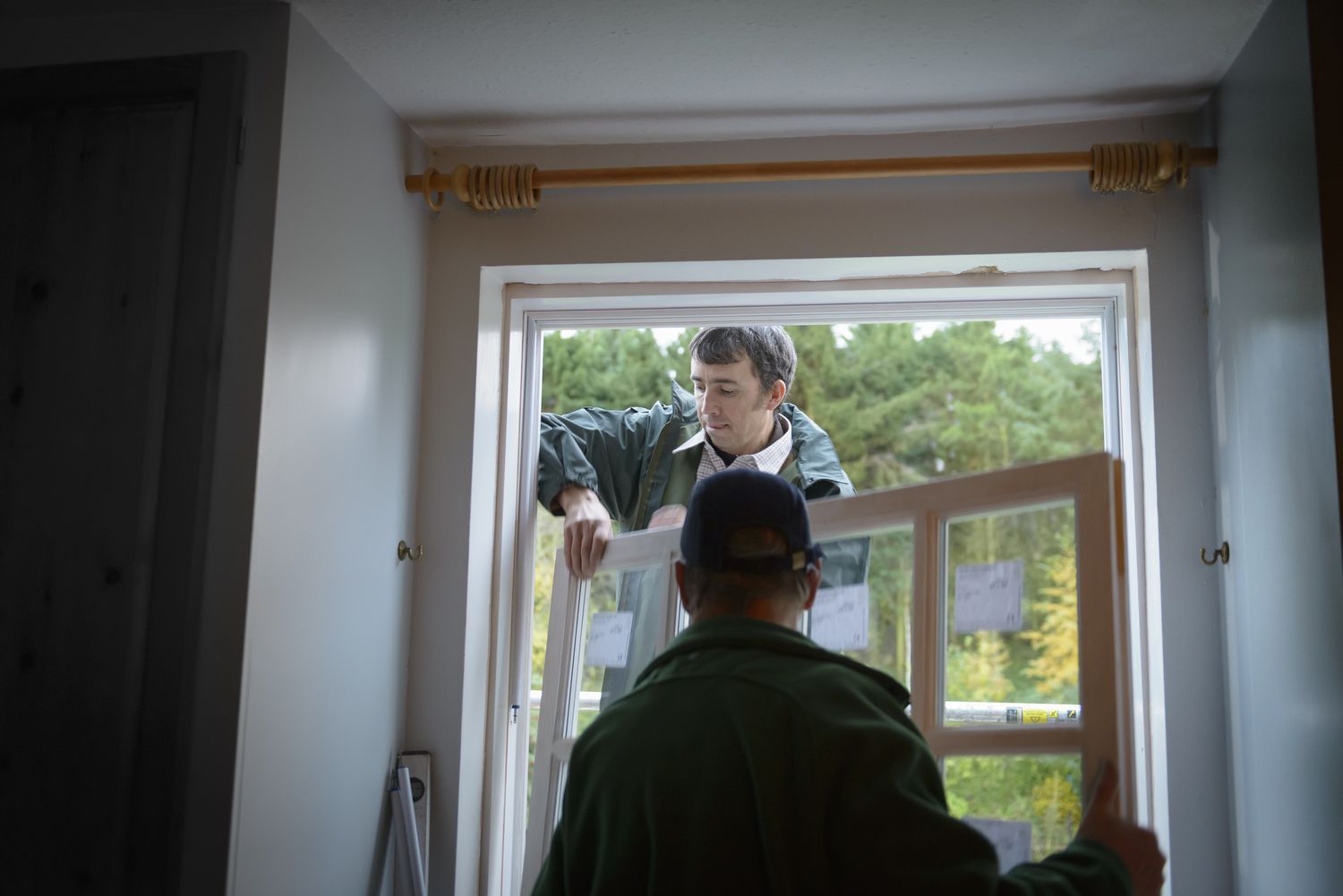

0 thoughts on “Everything You Should Know About Adding A Second Story To A House”